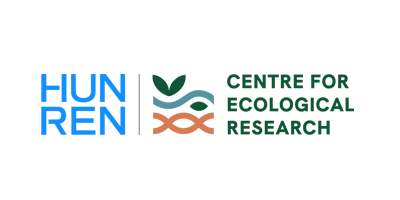Project leader:
Bozó, László
Participating researchers:
Horváth, Ákos; Labancz, Krisztina; Lakatos, Mónika; Kurcsics, Máté; Szilágyi, Eszter; Dézsi, Viktor; Zsikla, Ágota1. Atmospheric support for the use of renewable energies
Accurate knowledge of the current state of the atmosphere, i.e. a constantly updated database based on observations made with authentic measuring instruments, is essential for forecasting potentially usable wind and solar energy in a given area and in a given time interval. In addition to traditional meteorological elements, the database includes information provided by weather satellites, meteorological radars, vertical wind profiles and cloud base meters, as well as cloud cameras.
The most important part of our planned developments is the harmonization of the measured atmospheric data with other background information: the creation of an objective analysis. The concept of objective analysis has existed since the beginning of numerical modeling. This concept originally meant the production of information from an irregular surveillance network on a regular grid, using an objective method. Later, with the appearance of the background field and other types of information, the concept of objective analysis was also expanded, but the emphasis is definitely on the fact that the analysis field is generated automatically on the regular grid, without direct human intervention. The creation of these types of methods became essential with the appearance and development of numerical forecasting, since computers can only be entrusted with operations that can be performed automatically. The objective analysis forms the basis of the linear forecast, which is prepared for the next 1-2 hours. We call this meteorological nowcasting: according to our expectations, significant methodological development results will be achieved in the field of objective analysis and nowcasting.
Our developments may later pave the way for making forecasts with dynamic models for several hours or days more accurate. Due to the non-linear development of the atmosphere, this is currently the only possibility to predict the future state of the atmosphere, thus the availability of renewable energies. In addition to conventional models, the WRF (Weather Research and Forecasting) model, which is also used for research and development tasks, can play a role in our planned research and development.
2. Development of air quality products and their role in achieving sustainable development goals
The aim of the research topic is to contribute to a more reliable assessment of the state of air quality by using emission inventories, measurement information and model calculations. This can have important socio-economic benefits by enabling both individuals and society to prevent/minimize exposure to poor air quality and reduce pollutant emissions and associated negative health effects.
Exploring the connections between air pollution and sustainable development goals is also important from the point of view of society. In addition, research into the factors that reduce pollution and the factors that cause pollution and the evaluation of these effects are also important from the point of view of a more efficient and effective climate/air quality policy. Exploring the spatio-temporal behavior of air quality is also an important research area from the point of view of sustainable development.
